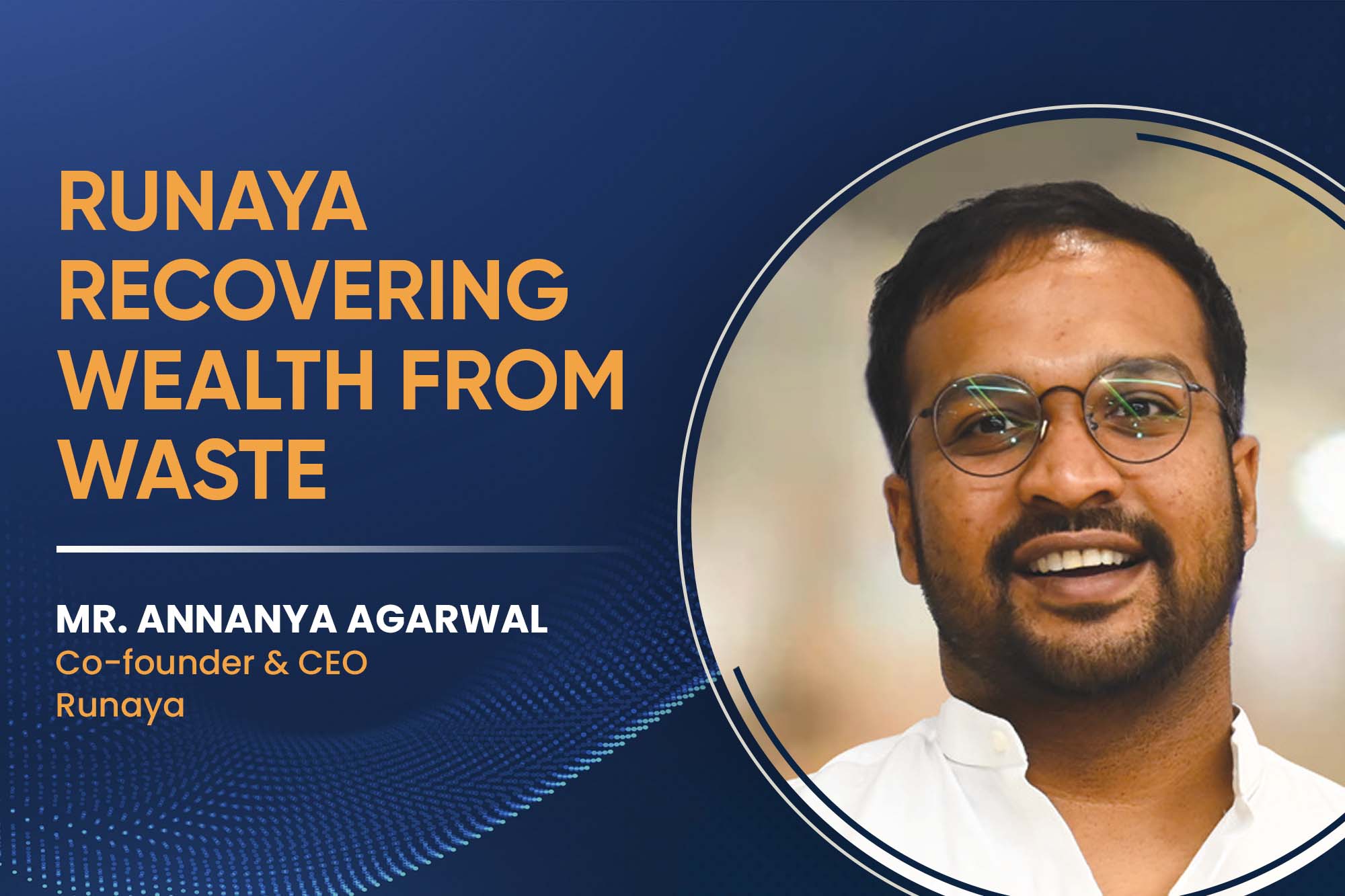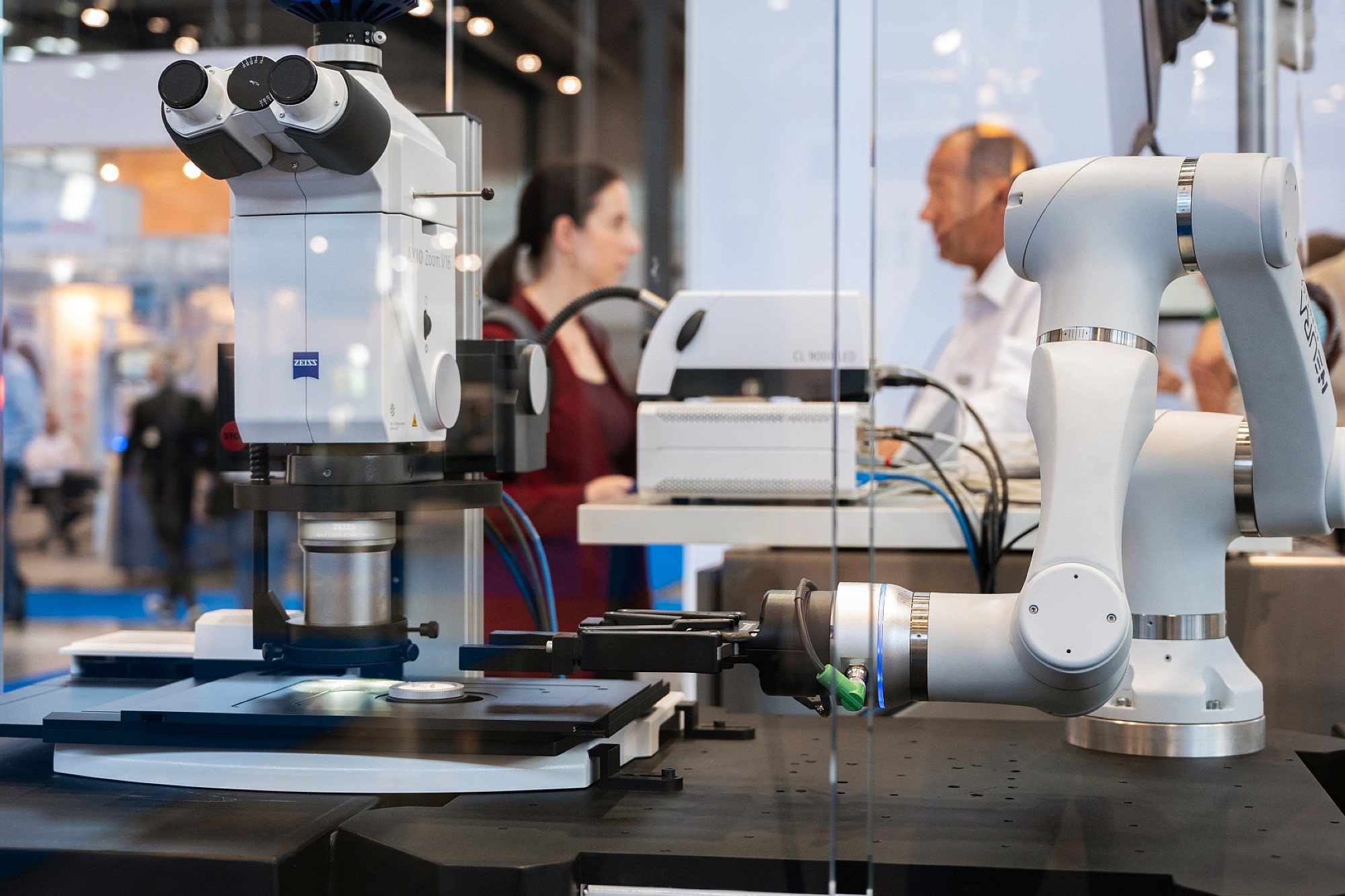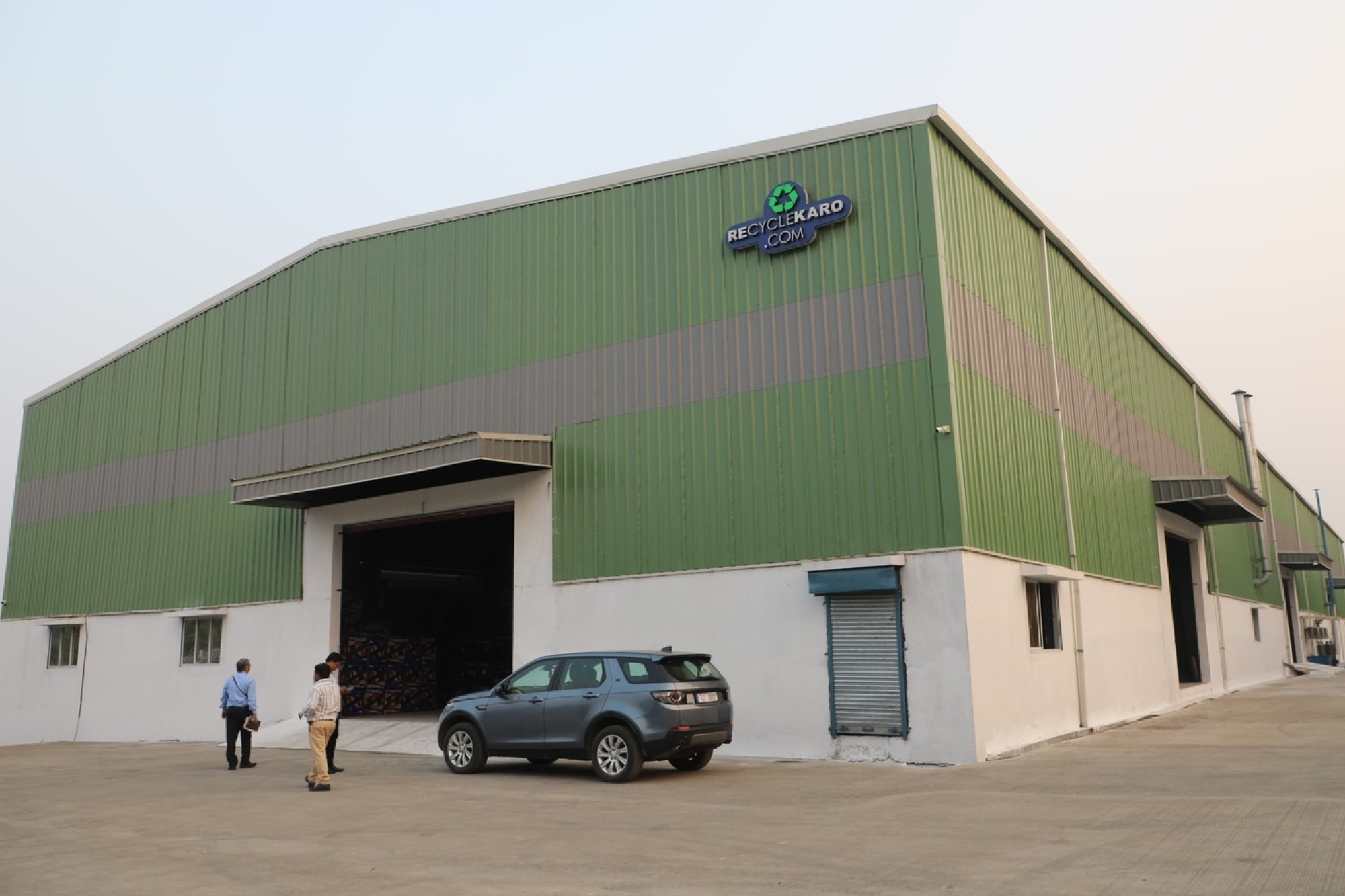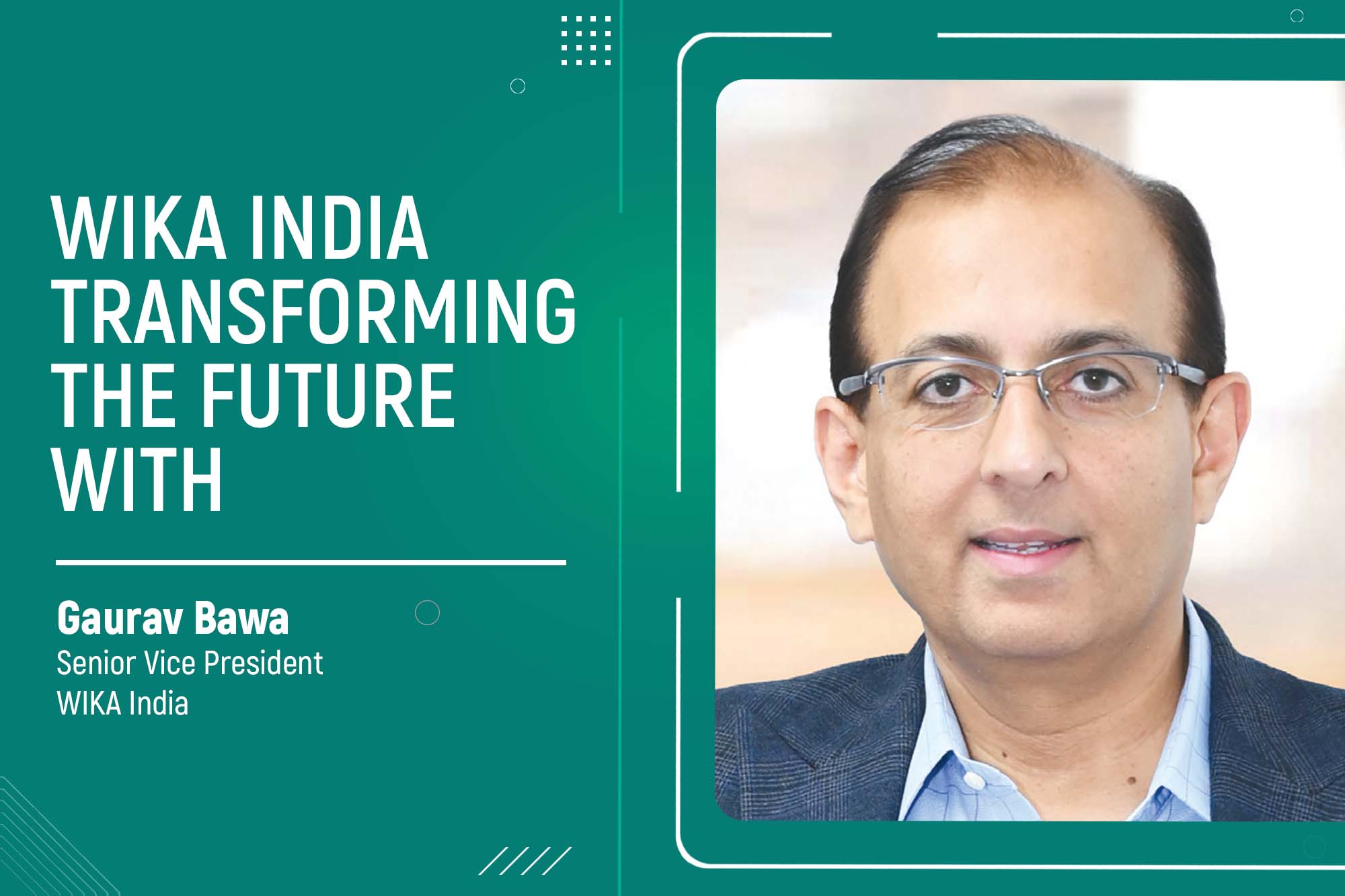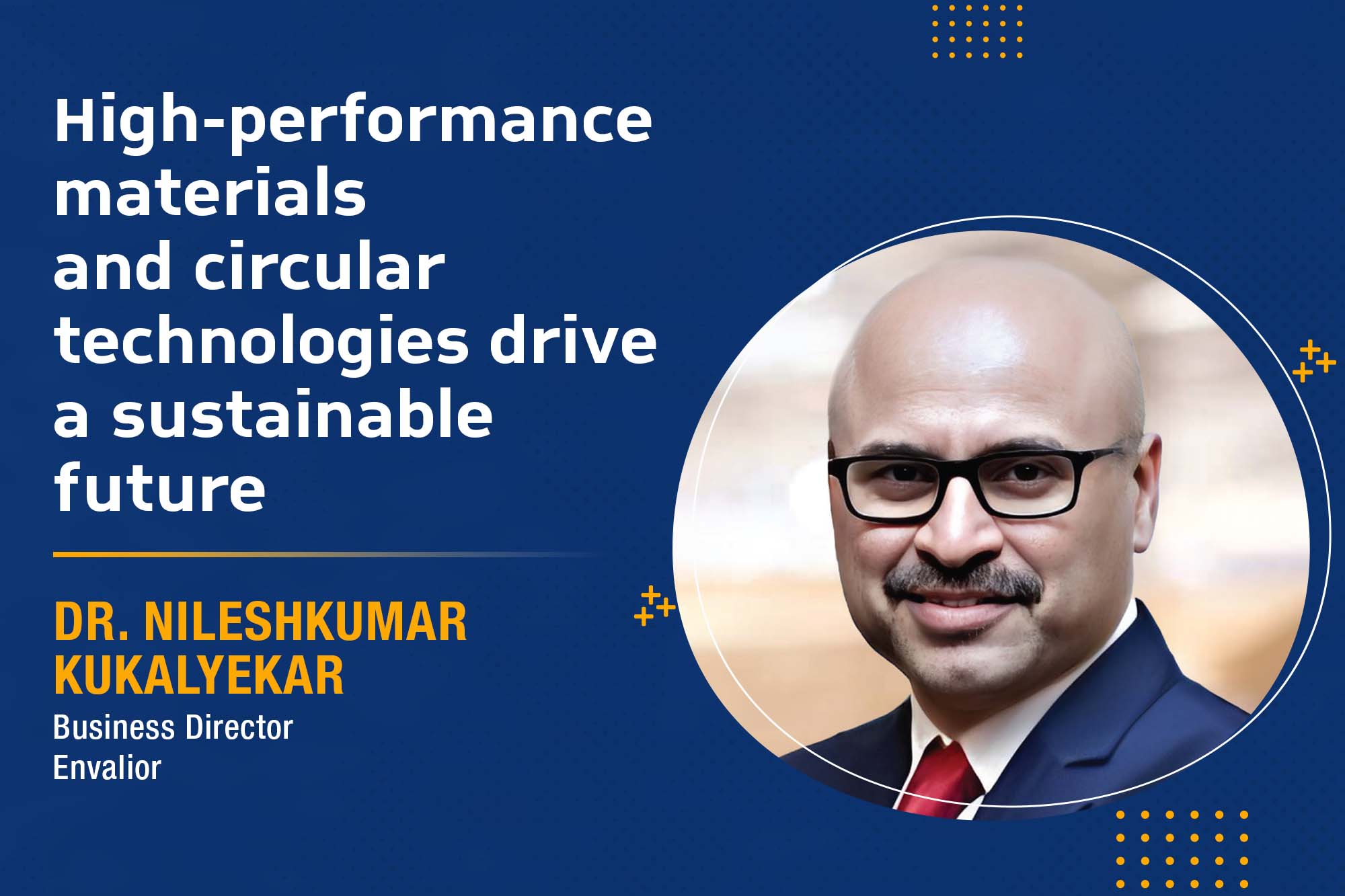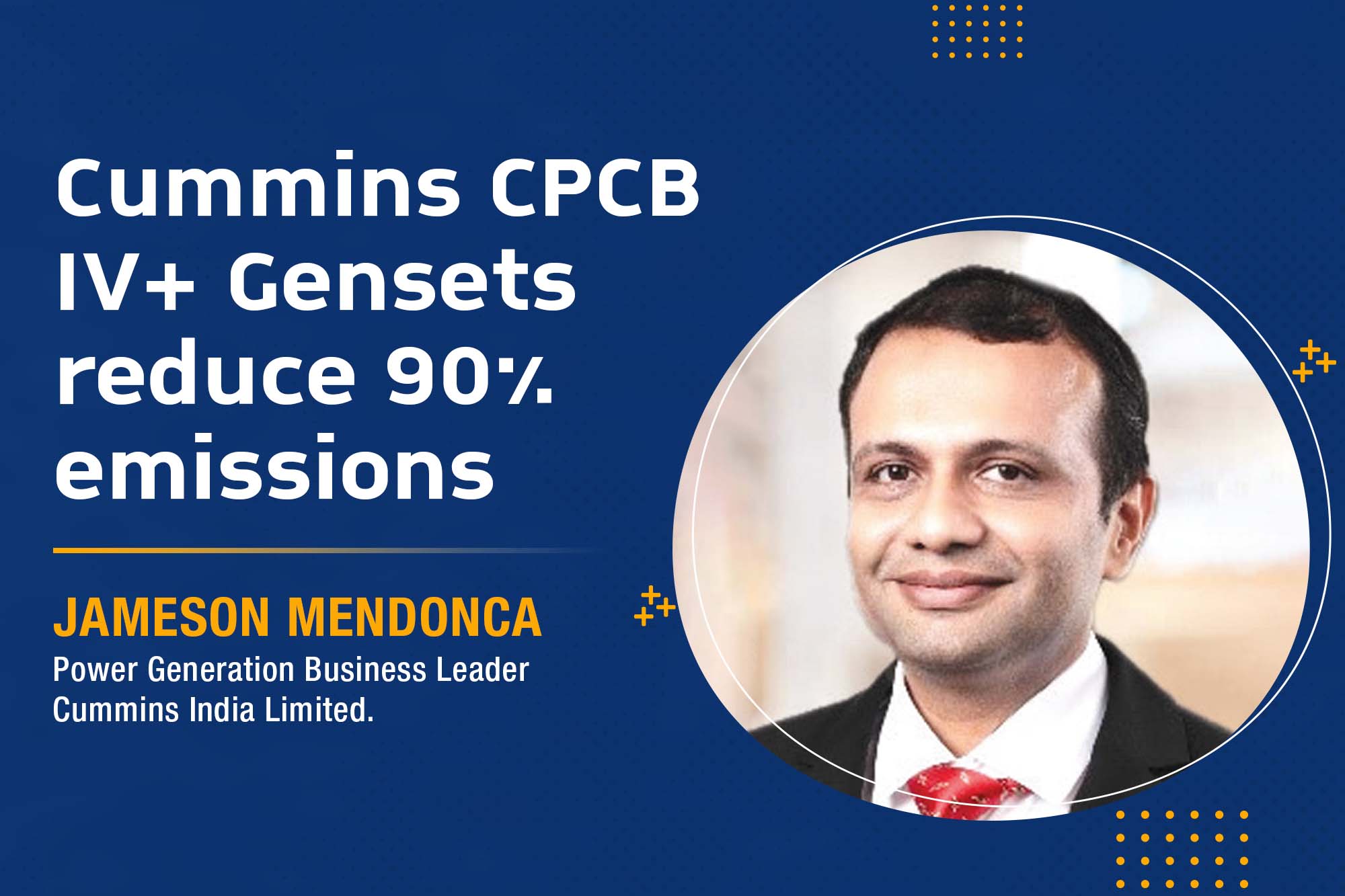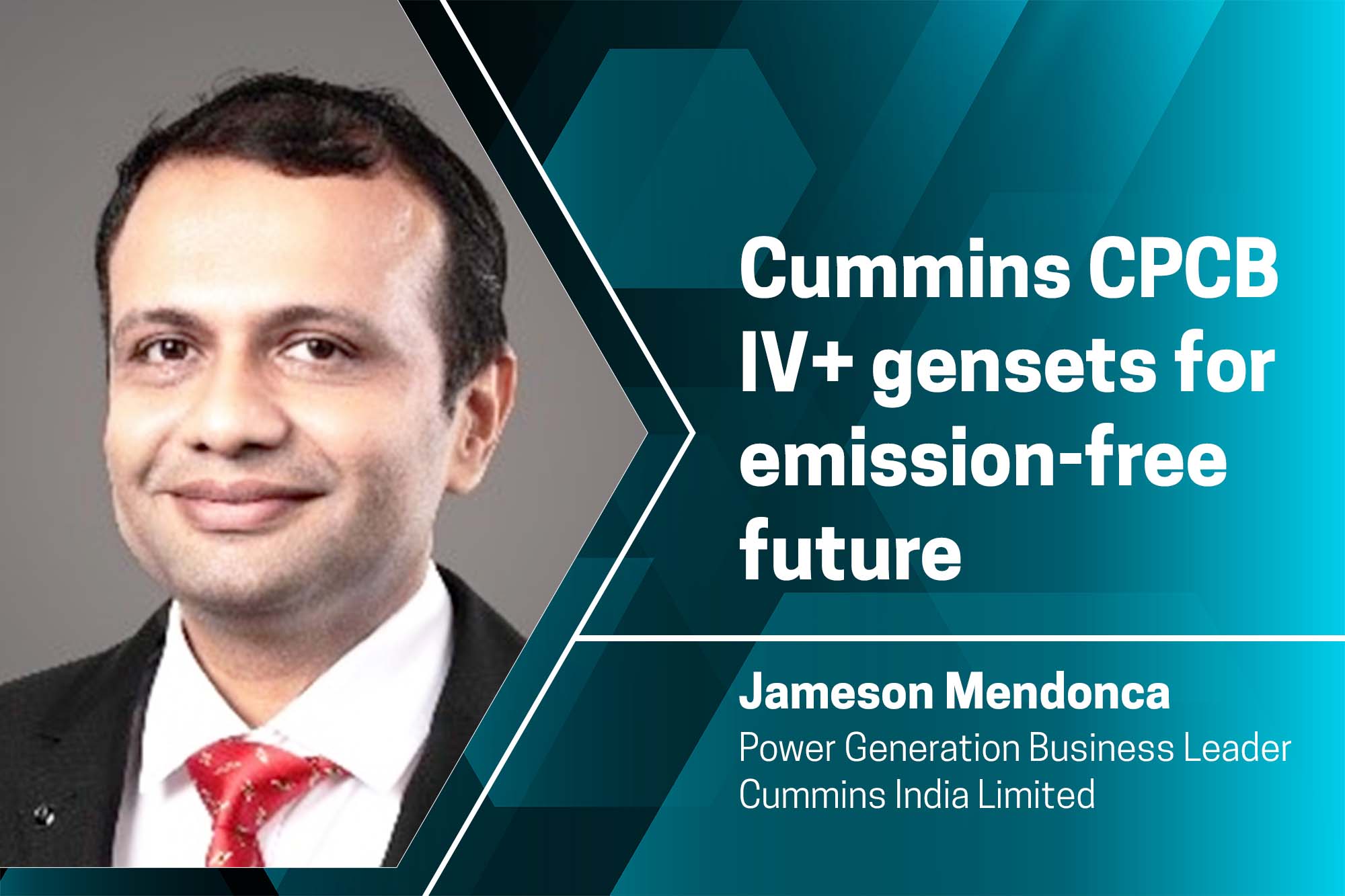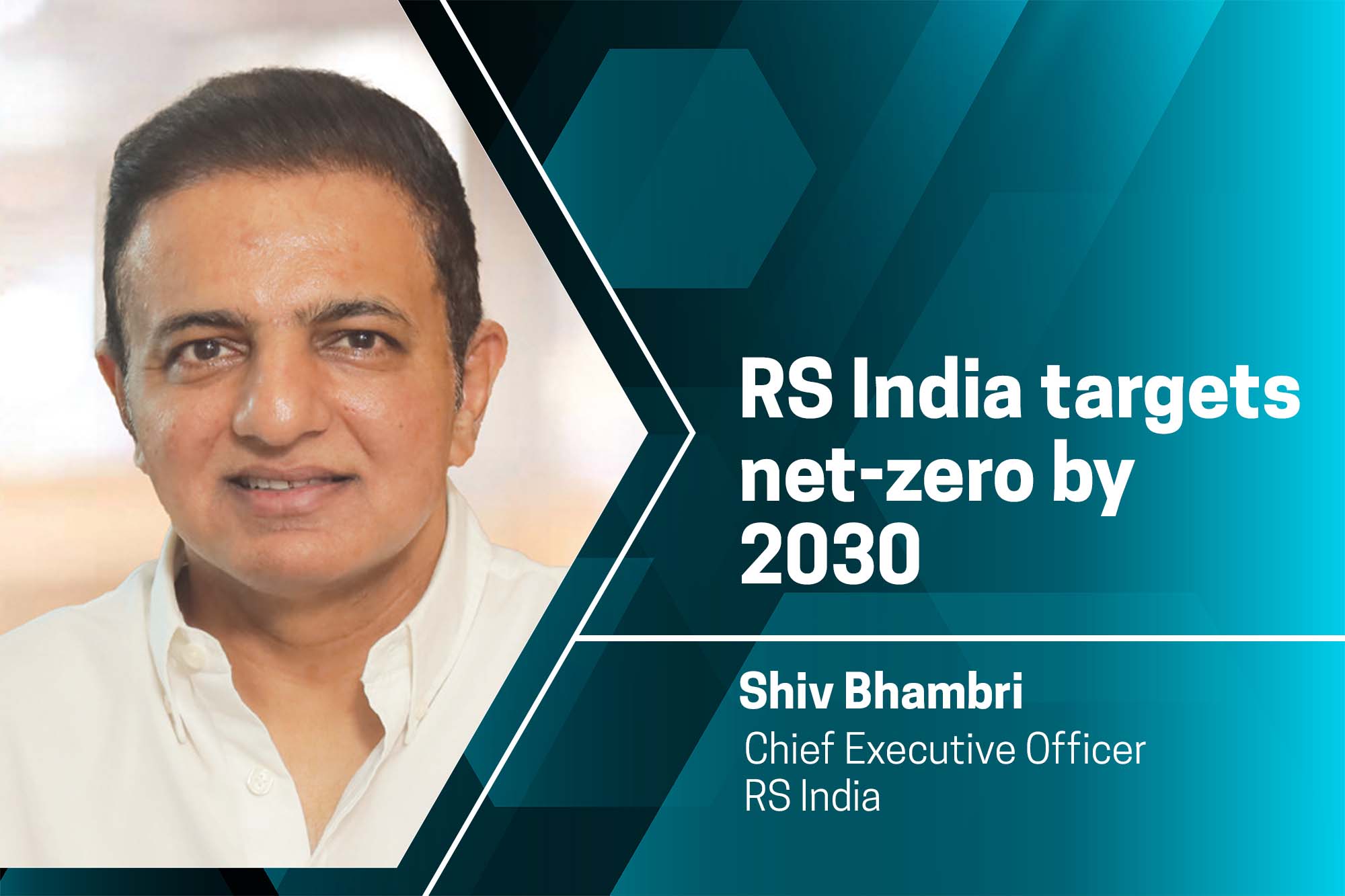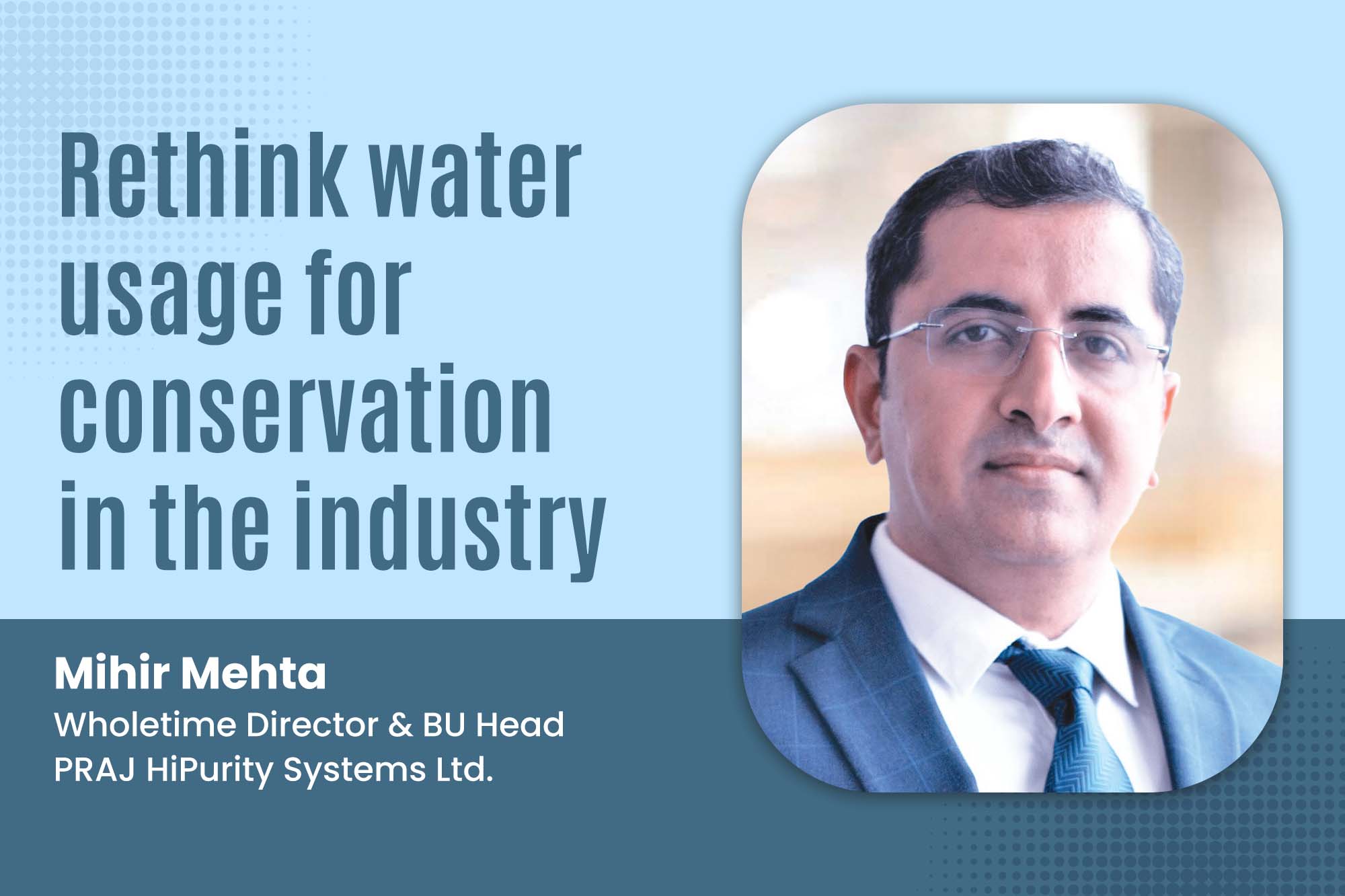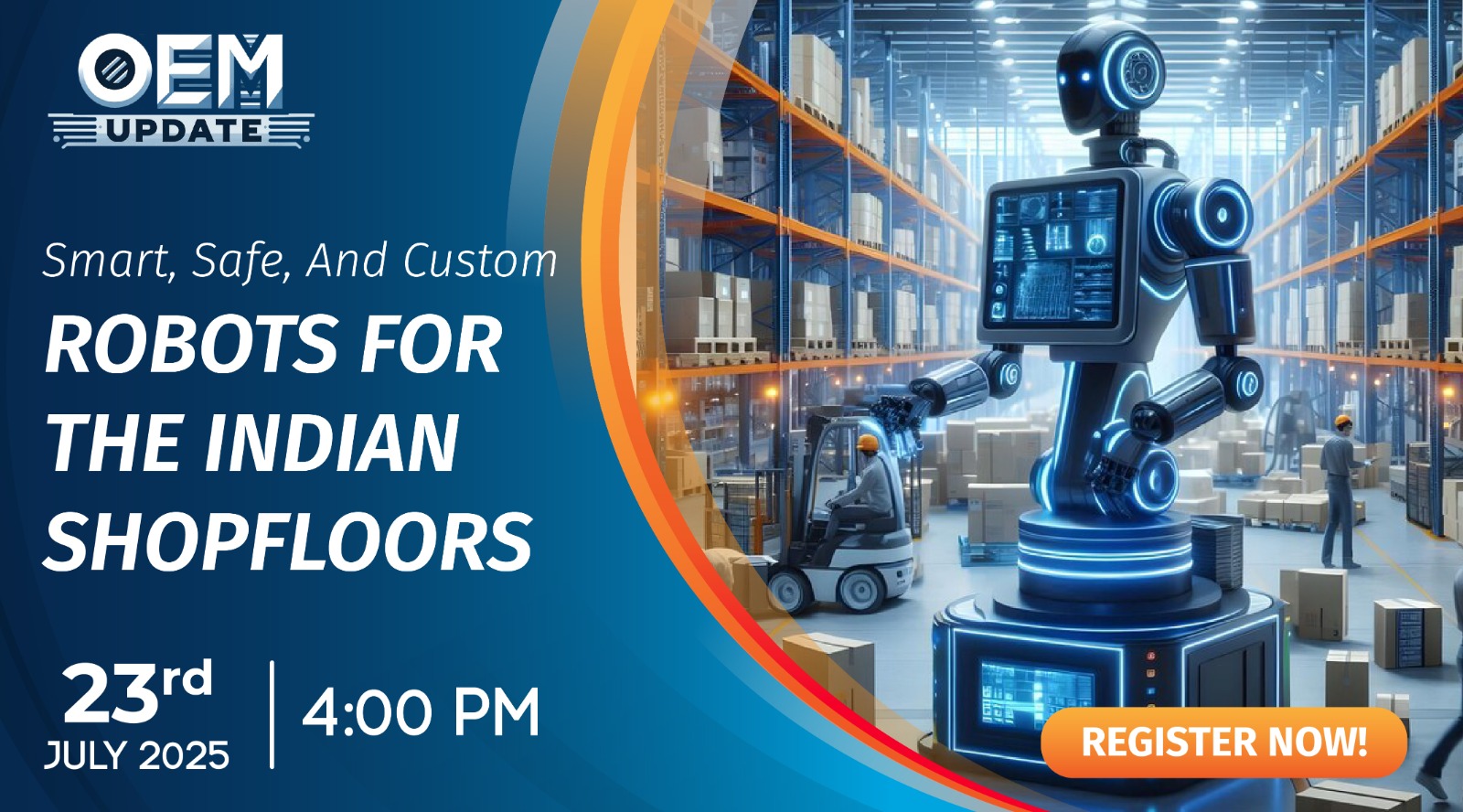Runaya recovering wealth from waste
By OEM Update Editorial April 30, 2024 7:35 pm IST
At the inauguration of their calcium aluminate facility in Jharsuguda, Odisha, Annanya Agarwal, Co-founder and CEO of Runaya, proudly announced that the company has prevented 100,000 metric tonnes of waste from reaching landfills this year. He emphasised Runaya’s agility in decision-making and highlighted the organisation’s commitment to adopting foreign best practices, which has been instrumental in its success as a prestigious family business.
Please share your perspective on industrial sustainability.
The human race is anticipated to produce between 10 and 15 billion metric tonnes of urban waste and 2 billion metric tonnes of MSW (municipal solid waste) this year. Runaya has planned to produce up to 100 billion metric tonnes of industrial steel, of which almost 60% will be unprocessed. This area is enormous, and industrial waste has a lot of value. Additionally, we can locate businesses and startups in agricultural and urban waste. Few new companies are entering the industrial waste sector, and this is where Runaya is in a unique position to move into innovation and research, find the proper partners, and identify the technologies that will enable us to pursue our sustainability objective fully. This year’s procedure will stop 100,000 metric tonnes of waste from landfills.

How is Runaya approaching sustainability? Please mention a couple of initiatives taken up by this organisation.
We are distinct in our ability to reuse goods, be they trivial as polythene bags or plastic bottles. Reuse is the essential tenet of sustainability. There is a lot of interest in sustainability in the Indian economy. Regarding Indian ambitions to become carbon neutral by 2030 or by 2050, all of the major corporations have made pretty lofty claims. India does not seem to be much behind the rest of the world.
At Runaya, we look for industrial methods that allow us to extract valuable metals. About 45,000 metric tonnes of precious metal will be recovered from the approximately 100,000 metric tonnes of waste we will be processing this year. The most intriguing thing is that we use the 50,000 metric tonnes of residual after recovering metal to create value-added goods like the calcium aluminate facility we recently opened. We are a zero-waste company. Every kilogramme of waste delivered to us is thoroughly treated, first turning it into recovered metal and subsequently into a product that can be sold. We use this same model on several metals. Runaya is extracting about seven distinct metals from diverse waste materials. We plan to recover twenty-five metals over the next three to five years. About thirty metals are in our perspective.
How does Ruanya measure sustainability in terms of value?
Ruanya tracks the quantity of waste kept out of landfills in tonnes. We stopped 100,000 metric tonnes of waste from going to landfills this year. Industrial sustainability spaces, such as raw material unavailability, do not constrain us. There are a few limitations, but we can expand as much as we can get access to our technological partners’ territory. Our capacity will double annually, stopping twice as much waste from ending up in landfills annually. We want to process 5 million metric tonnes of waste annually. We will extract about 250,000 metric tonnes of metal and around 500,000 metric tonnes of precious metal from those 5 million metric tonnes of waste, and we will use the leftovers to make various marketable products.
Runaya practices a lot of alliances. So, how are these alliances assisting you in growing exponentially?Our operating model is alliances and partnerships. Partner selection and locking are two of Runaya’s core competencies. We are adept at scouring both domestic and international marketplaces for the top specialists, whether subject matter experts, research experts, or technological experts. We search for the most skilled individuals or advanced systems and tools.
Thanks to these collaborations, we have also been able to build enduring ties with businesses worldwide. We maintain connections with businesses in the United States, Australia, China, Germany, and several Indian enterprises. In order to meet our 5 million-tonne goal, we will still need several other partners to get those technologies to India so we can modify them to suit our needs.
Please share some insight about your alliance with academic institutions and their contribution.
The number of businesses that align with industrial sustainability is relatively small. If we are still looking for a partner or one available in India or worldwide, we must create those solutions. When faced with a challenge, we look first to see who else has tackled it and with whom we can collaborate. In this case, Runaya, working with IIT Kharagpur, was granted a patent for turning waste into raw materials to produce aluminium. Nobody else in history has ever been able to figure out this method.
Can you share additional insights about the Restore Ultra?
Restore Ultra is an ultra-low-carbon aluminium product. The aluminium recovered by the Runaya technique is being used to address it. For every tonne of aluminium, traditional coal-fired aluminium requires 15 to 20 tonnes of carbon. For aluminium to be environmentally friendly, it must be produced using renewable resources and emit no more than four tonnes of carbon dioxide per tonne of aluminium. Our recovered aluminium, Restore Ultra, has a carbon content of less than 500 kg per tonne. Runaya’s aluminium is the greenest aluminium available anywhere in the world.
Cookie Consent
We use cookies to personalize your experience. By continuing to visit this website you agree to our Terms & Conditions, Privacy Policy and Cookie Policy.




